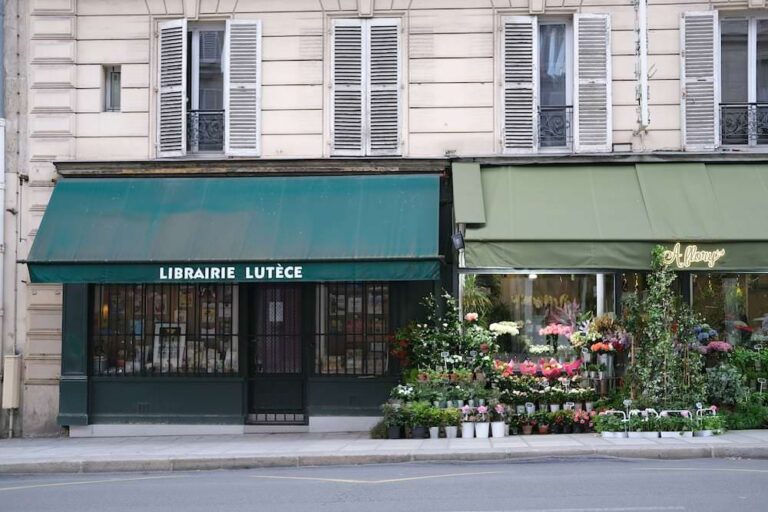verlan
Verlan is a form of French slang created by inverting syllables within words. The term verlan itself comes from l’envers (“the reverse”), reversed phonetically. It’s like changing “flipside” to “sideflip.” Verlan is mostly used in informal spoken French, often to mark social identity, humour, or secrecy. While once associated with street slang, many verlan words…









